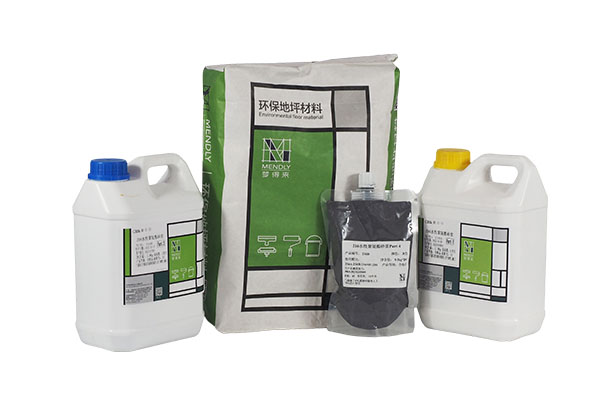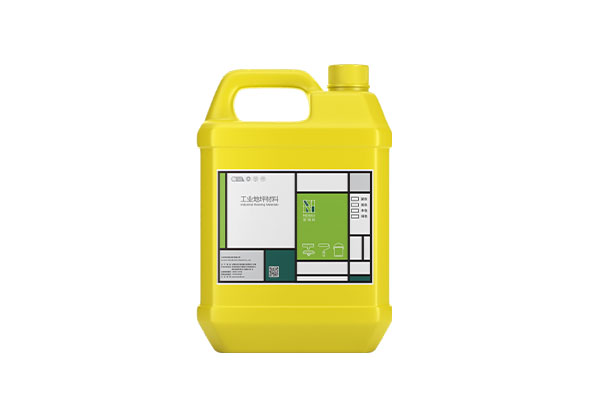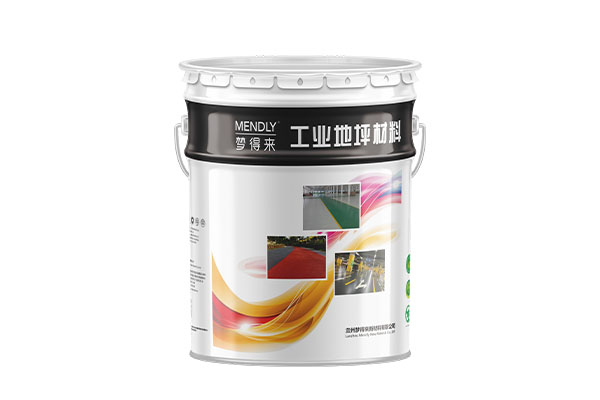During the production process, how to control the particle size distribution of waterborne polyurethane mortar to optimize its fluidity and smoothness?
Release Time : 2025-05-12
The particle size distribution of waterborne polyurethane mortar has a key influence on its fluidity and smoothness. In the production process, the particle size distribution can be effectively controlled through multiple links such as raw material selection, prepolymer synthesis, dispersion process control, and additive use, so as to optimize its fluidity and smoothness.
As a high-performance floor material, the fluidity and smoothness of waterborne polyurethane mortar directly affect the construction quality and the final use effect. The particle size distribution is one of the important factors that determine these two properties. The appropriate particle size distribution can make the mortar easy to flow during the construction process, and can be evenly spread on the ground to form a flat surface. Therefore, in the production process, a series of measures need to be taken to accurately control the particle size distribution of waterborne polyurethane mortar.
Selecting appropriate polyether polyols and isocyanates is the basis for controlling particle size distribution. The molecular weight distribution of polyether polyols should be narrow, which can ensure the uniformity of the reaction and reduce the uneven particle size caused by molecular weight differences.
For isocyanate, its purity and functionality must be strictly controlled to ensure that the reaction with polyether polyol proceeds as expected, so as to obtain a prepolymer with a relatively concentrated molecular weight distribution, laying the foundation for the subsequent control of particle size distribution.
In the prepolymer synthesis process, the reaction temperature, time and amount of catalyst all have an important influence on the particle size distribution. Generally speaking, lower reaction temperature and longer reaction time help the reaction to proceed fully, making the molecular weight distribution of the prepolymer more uniform, which is conducive to controlling the particle size.
The selection and amount of catalyst also need to be precisely controlled. The right amount of catalyst can accelerate the reaction, but excessive catalyst may cause the reaction to be too violent, making the molecular weight distribution of the prepolymer wider, and thus affecting the particle size distribution.
The use of appropriate dispersion equipment and process is the key link in controlling the particle size distribution. High-speed stirring dispersion is one of the commonly used methods. By adjusting the stirring speed, time and shape of the stirring paddle, the prepolymer can be evenly dispersed in water to form an emulsion with a relatively uniform particle size.
Ultrasonic dispersion technology can also be used in the production of waterborne polyurethane mortar. The cavitation effect of ultrasound can effectively break large particles into small particles and make the particles evenly distributed in the medium, thereby refining the particle size and improving the uniformity of the particle size distribution.
Adding an appropriate amount of surfactant can reduce the surface tension of the liquid, make the prepolymer easier to disperse in water, and prevent the agglomeration of particles, thereby optimizing the particle size distribution. Different types of surfactants have different effects on particle size distribution and need to be selected according to the specific formula and process.
Some co-solvents can also be added to help the prepolymer dissolve and disperse better in water and reduce the uneven particle size caused by poor solubility.
During the production process, the particle size distribution of waterborne polyurethane mortar needs to be tested regularly. Instruments such as laser particle size analyzers can be used to accurately measure the particle size and keep abreast of changes in particle size distribution.
According to the test results, the production process is adjusted and optimized. If the particle size distribution is found to be not in compliance with the requirements, it is necessary to analyze which link has the problem, such as raw material quality, reaction conditions or dispersion process, and take corresponding measures to improve it in time to ensure that the particle size distribution of the product is always in the best state, so as to achieve good fluidity and flatness.
Controlling the particle size distribution of waterborne polyurethane mortar is a complex process involving multiple links, which requires comprehensive control and optimization from aspects such as raw material selection, prepolymer synthesis, dispersion process, additive use and quality inspection. By precisely controlling these factors, waterborne polyurethane mortar can have an ideal particle size distribution, thereby showing good fluidity and flatness during the construction process, and meeting the requirements of floor materials in different application scenarios.







